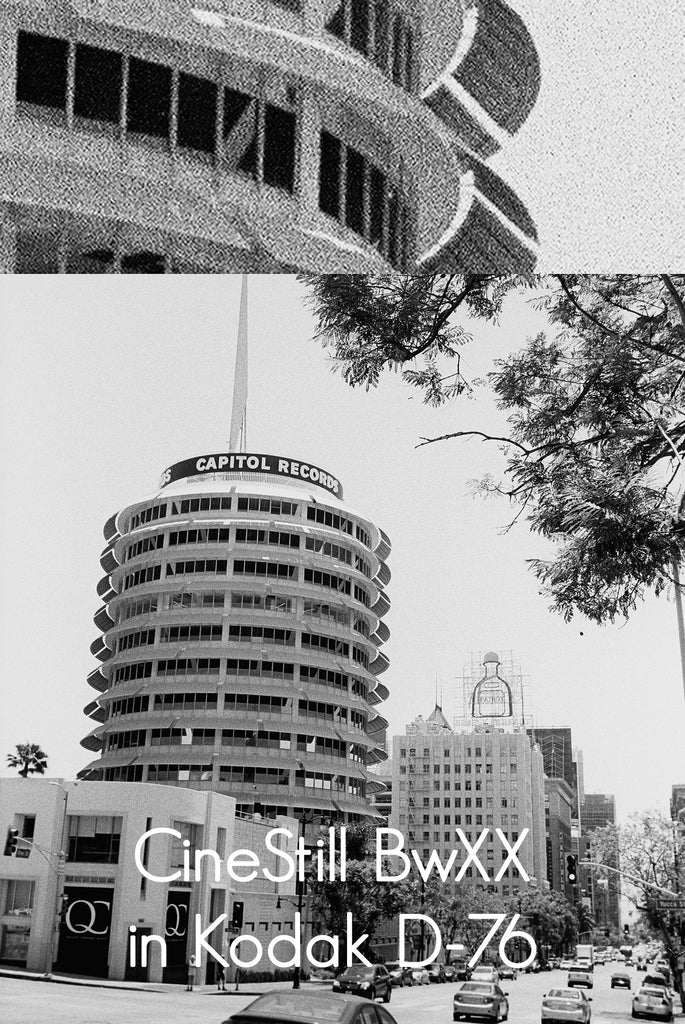No Compromises - Df96 compared with popular traditional developers
Posted by Brian Wright on
Due to the long history of multiple bath processes being the only ones available, many may wonder, "What are the compromises with a monobath?" Well, we can tell you that it is not compromised quality with Df96. We are standing on the shoulders of giants, and the reason monobaths weren't popular before is most likely because of economies of scale and cost, in addition to shorter shelf life. In the past, there was more profit in just producing the large volume photochemicals for film to be processed en masse. After all, back then everyone had to process film to capture a photo. Now that craft film manufacturing is being tooled for smaller batches, lower volume products can be more viable. Small batch, on demand, chemical manufacturing works just like craft beer. Fresher product with more characteristics. Thus the modern monobath was born, formulated to be produced at a craft scale.
Df96 is very forgiving for all film speeds and different emulsion types. This is partially because of the advanced developing agents used. But also as chemical development self-completes, archival fixation takes over breaking down silver and allowing physical development to redeposit it in thin areas of the film, while diffusing the grain to be finer and smoother. As you can see in the samples below, it renders somewhere between the Ilfotec DDX grain structure and Kodak Professional HC-110 tonality.
Detail crop of BwXX processed at ISO 250 in HC-110 liquid concentrate, Df96 monobath, and D-76 powder chemicals.


Detail crop of BwXX processed at ISO 250 in DD-X liquid concentrate, Df96 monobath, and ID-11 powder chemicals. 


Df96 also works well with tabular grain films, like Tmax, but to fully eliminate residual color dyes in the emulsion we double the recommended processing time. This does not affect the image since all films complete development within the first 3 minutes. Below you can see the smoothness and crisp contrast Df96 pulls out of TMax100.
Detail crop of Kodak TMax 100 processed at ISO 100 in HC-110 liquid concentrate, Df96 monobath, and D-76 powder chemicals. 


Detail crop of Kodak TMax 100 processed at ISO 100 in DD-X liquid concentrate, Df96 monobath, and ID-11 powder chemicals.


Df96 does exceedingly well with high speed films. The Delta 3200 negatives processed in all the other chemicals were visibly thinner and a bit flatter. These exposures were rated at ISO 1000 to maintain normal developing times in the other chemicals. You can also rate it at 3200 if you increase the processing temperature by 10 degrees, just like increasing development time with traditional developers.
Detail crop of Delta3200 processed at ISO 1000 in HC-110 liquid concentrate, Df96 monobath, D-76 powder and DD-X liquid chemicals. 



There are many more developers you can use and many other possible techniques you can try out. We hope that Df96 will be another option that will provide a unique experience and results, and bring more people into the analog renaissance. We hope you love it!
